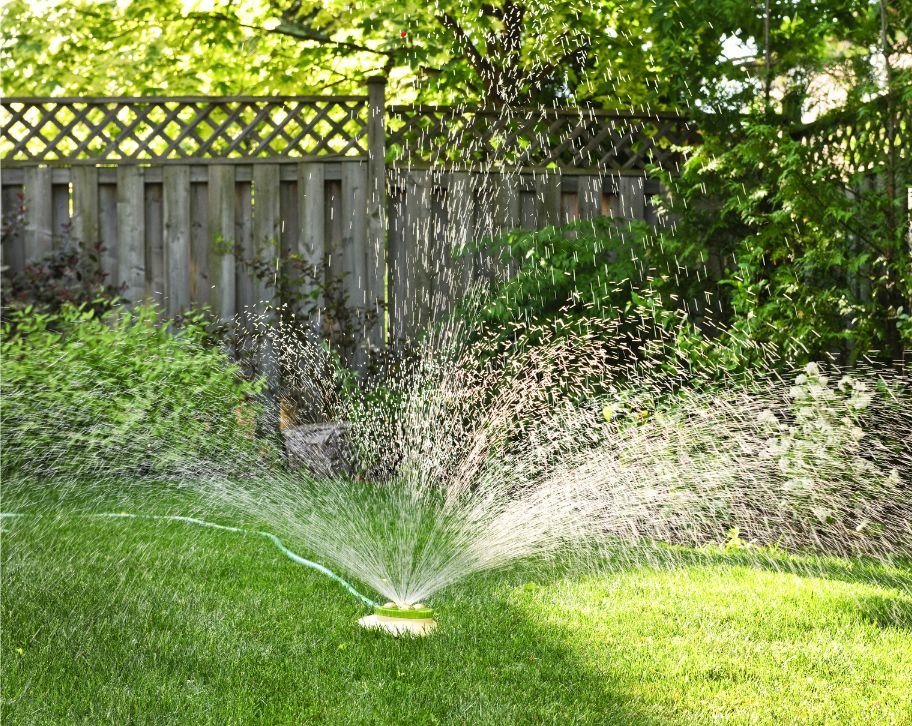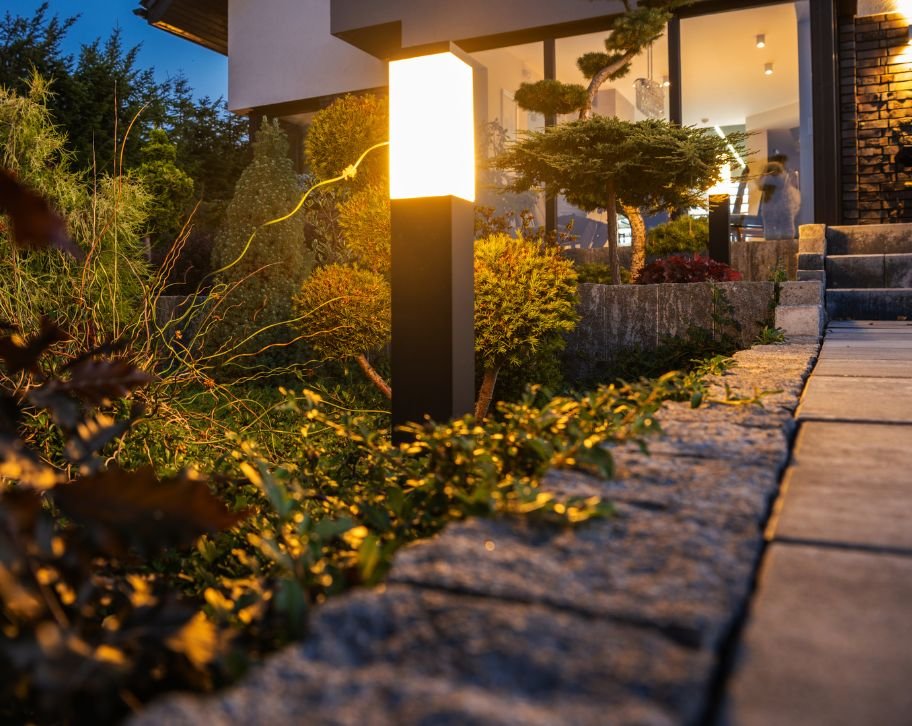Factors That Affect the Thickness of Driveway Pavers
Factors That Affect the Thickness of Driveway Pavers Your dream paver driveway starts with one smart choice: the right thickness. Here’s how Fredericton’s climate and traffic needs help you decide. Many homeowners struggle with cracked driveways, uneven surfaces, and costly repairs because they overlooked this crucial detail in their initial installation. The recommended driveway paver thickness depends on several key factors, including vehicle weight loads, soil conditions, and local climate patterns. In Fredericton, our hardscaping experts typically recommend 60mm pavers for residential use and 80mm for commercial applications, ensuring long-lasting durability against our harsh freeze-thaw cycles. Key factors that determine driveway paver thickness Understanding weight capacity needs Have you ever wondered why some driveways crack under pressure while others stay sturdy for years? Your choice of paver thickness plays a huge role in how well your driveway handles different vehicle weights. For your residential driveway, regular pavers at 60mm thickness work perfectly if you mainly park cars and SUVs. These pavers provide enough strength for daily family vehicle use without overbuilding. Planning to park an RV or heavy trucks? You’ll need thicker pavers between 70-80mm. These robust pavers can support heavier loads without breaking down. The thickness of the paver directly relates to its load-bearing capacity. Want to make sure your driveway stands the test of time? Consider how often heavy vehicles will use it. Frequent heavy traffic means you should opt for thicker pavers that resist cracking and shifting. A well-chosen paver thickness ensures your driveway surface maintains its integrity for years. Remember, the right paver thickness now saves you from costly repairs later. Different paver types offer varying strength levels, so choosing the right thickness for your project matters. Subgrade evaluation & soil engineering Clay soils need thicker paver bases than sandy soils – consider this when choosing pavers for your driveway project. Professional soil testing helps determine the perfect paver foundation depth and prevents future settlement issues. Install a properly compacted base layer beneath the pavers using 4-6 inches of crushed gravel for stability. Ensure proper drainage by creating a 1-2% slope away from buildings when installing your paver driveway. Use geotextile fabric under pavers in areas with poor soil conditions to prevent mixing and maintain stability. Test soil compaction to reach 95% Proctor density before laying pavers – this prevents future settling problems. Climate resilient design considerations Choosing the right paver thickness becomes crucial when dealing with extreme weather conditions. In New Brunswick with frequent freeze-thaw cycles, thicker pavers provide better protection against frost heave damage. Permeable pavers offer an excellent solution for regions with heavy rainfall. These specialized pavers allow water to drain through the joints, preventing surface pooling and reducing ice formation in winter. The thickness of the paver also impacts how well your driveway handles temperature changes. Thicker pavers resist cracking from thermal expansion in hot climates, while maintaining stability during cold snaps. For your driveway or patio, consider how Fredericton weather patterns affect paver performance. UV-resistant concrete pavers work best in sunny regions, while denser, thicker options excel in areas with harsh winters. Paver material selection & durability When starting your paver driveway project, material selection plays a important role in determining the right paver thickness. Different materials offer unique benefits, affecting both durability and installation requirements. Concrete pavers For your residential driveway, concrete pavers provide an excellent balance of strength and value. These versatile pavers are made in various thicknesses, typically ranging from 60mm to 80mm, making them perfect for most driveways. Brick pavers Choosing pavers made from clay offers superior color retention and durability. While they may cost more initially, brick pavers maintain their appearance longer and usually require less maintenance over time. Natural stone pavers If you are looking for the ultimate in durability, natural stone pavers deliver exceptional strength. These thick pavers need proper base preparation due to their weight, but they create a stunning, long-lasting driveway paving solution that’s worth the investment. Remember, the thickness of pavers may vary based on your specific project needs and local climate conditions. Unit size & installation geometry Choosing the right paver thickness isn’t just about material strength, the size and pattern of your pavers significantly impact your driveway’s performance. Larger pavers require greater thickness to maintain stability and prevent cracking under vehicle weight. For your patio or walkway, thinner pavers may work well in traditional running bond patterns. However, when installing driveway pavers, a herringbone pattern with thicker pavers provides superior interlocking strength for heavy vehicle traffic. The perfect paver installation depends on proper edge restraints. Different thickness for your project may require specific edge support systems, ensuring long-term stability and preventing shifting. When selecting pavers for driveways, consider that non-standard shapes like cobblestone need careful attention to thickness requirements. These decorative options often need additional base preparation and precise installation techniques. Installation best practices Professional grading and compaction When installing pavers, proper grading and compaction are crucial for long-term success. Professional installers use specialized equipment to achieve the right slope and density. This careful preparation prevents future settling and ensures proper water drainage from your driveway. Jointing sand selection The type of sand used between pavers can make or break your installation. Angular jointing sand provides better interlocking strength than rounded sand grains. This seemingly small detail significantly impacts how well your pavers stay in place under heavy vehicle loads. Sealant protection A quality sealant acts as your paver’s shield against weather damage and weed growth. Applying the right sealer after installation not only enhances the appearance but also extends the life of your paver driveway by preventing water infiltration and staining. Maintenance requirements Regular maintenance keeps your paver driveway looking and performing its best. Schedule annual re-sanding to maintain joint stability, and when pressure washing, use appropriate pressure settings to avoid damaging the paver surface or removing essential jointing material. Not sure which paver thickness is right for your Fredericton driveway? We can help! Ready to build a driveway that lasts? Our experienced team at Atlantic Hardscape








